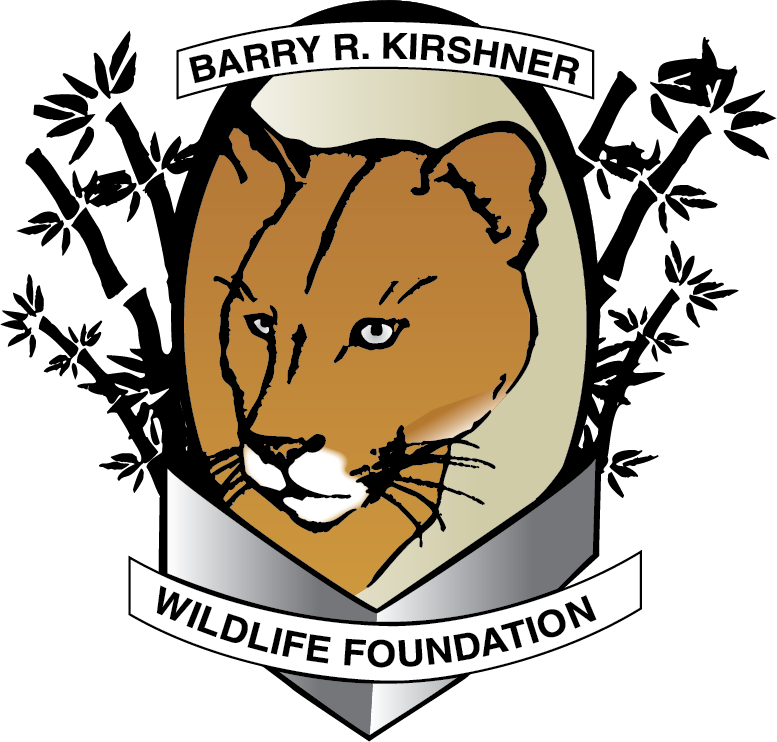Joyce – European Brown Bear
Joyce is a female European Brown Bear (Ursus arctos arctos), born in early January 2018. Joyce was born with entropium, which caused her eyelid to turn inward and eyelashes to scratch her eye. Though she has recovered after corrective surgery, we will provide the care and attention that she deserves, and continue to monitor her. She is the full sister and playmate of Freedom, her enclosure mate.
The European Brown Bear has brown fur, which can range from yellow-brownish to dark brown, red brown, and almost black in some cases; and even albinism has been recorded. Their fur is dense to varying degrees and the can grow up to 4 inches in length. The shape of the bear’s head is normally quite round with relatively small, round ears, a wide skull and a mouth equipped with 42 teeth, including predatory teeth. European Brown Bears have a powerful bone structure, large paws, and are equipped with big claws which can grow up to 4 inches in length. Their weight varies depending on habitat and time of the year.
Brown Bears are not full hibernators; they enter a dormant state, and they can be awakened easily. They locate a den, such as a cave, crevice or hollow log, and stay there during the winter months while they are in dormancy. During dormancy, cubs are born blind, hairless, toothless and they weigh less than 1 pound. They will feed on their mother’s milk until spring, when they will weigh about 15-20 pounds. The cubs will remain with their mother for 2-4 years.
European Brown bears were present in Britain until around 500 AD when they were exterminated through hunting. They were also used in Ancient Rome for fighting in arenas. Today they are found across northern Eurasia.
The European Brown Bear is a European Protected Species and it has protection throughout the European Union.
european brown bear Statistics:
Body Size
Weight
Gestation Period
Litter Size
Life Span
Status
6.5 to 9.5 feet tail: 2-8 inches
Males: 580 – 780 lbs Females: 330 – 550 lbs
235 days
1 - 4 cubs
25 years in the wild, up to 40 years in captivity
least concern

